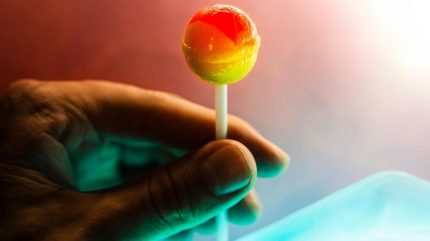
The University of Birmingham in the UK has secured £350,000 ($440,958) to develop a flavoured lollipop for the early detection of mouth cancer.
The project, by the university’s biosensors associate professor Dr Ruchi Gupta and her team, is backed by a grant from Cancer Research UK and the Engineering and Physical Sciences Research Council.

Discover B2B Marketing That Performs
Combine business intelligence and editorial excellence to reach engaged professionals across 36 leading media platforms.
Researchers will receive the funds up to 2026 to develop a prototype from a smart hydrogel.
Smart hydrogel is composed of 99% water and 1% polymer and can absorb significant quantities of water. It traps larger molecules such as proteins, which can then be released and analysed for early signs of mouth cancer.
Patients will transfer saliva into the hydrogel by sucking on the lollipop. Scientists can then expose the hydrogel to UV light to release the captured proteins and analyse them for indicators of mouth cancer.
Gupta stated: “Smart hydrogels have really exciting potential for diagnosing mouth cancer. They can be easily moulded into shapes as a solid to ‘catch’ proteins in saliva.

US Tariffs are shifting - will you react or anticipate?
Don’t let policy changes catch you off guard. Stay proactive with real-time data and expert analysis.
By GlobalData“We’re really excited to start the next phase of this project. We’re hoping that we can be the first to make a device which is much kinder for diagnosing mouth cancer for patients and easier for GPs to use.”
This innovative approach could significantly improve the current diagnostic process for mouth cancer, which often involves invasive procedures such as endoscopy and biopsies.
With 12,400 individuals diagnosed with head and neck cancers annually in the UK, this research could lead to a less invasive, quicker and more patient-friendly method for early detection.





